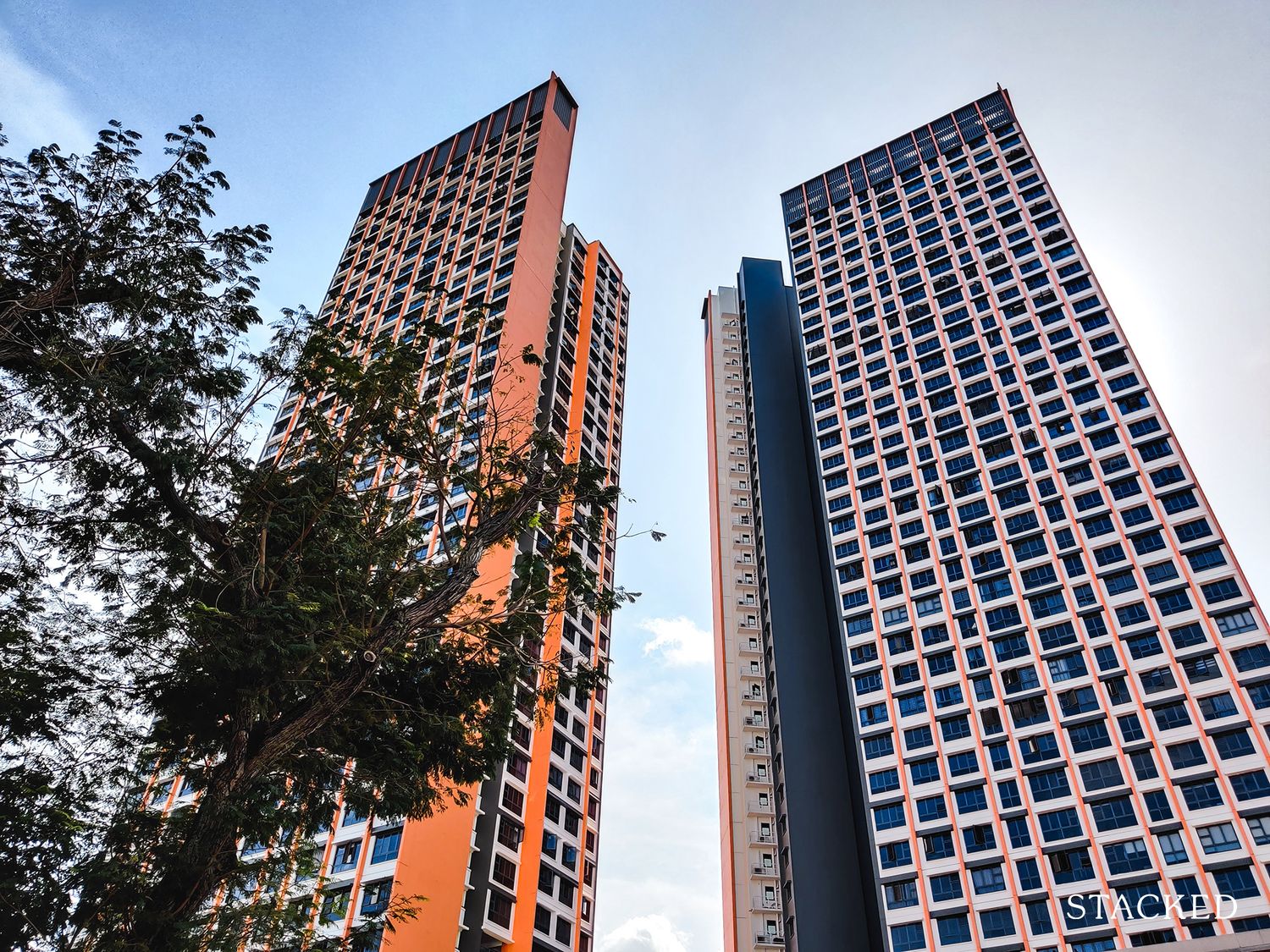Six Prime HDB Shophouses For Sale At $73M In Singapore: A Look Inside The Rare Portfolio
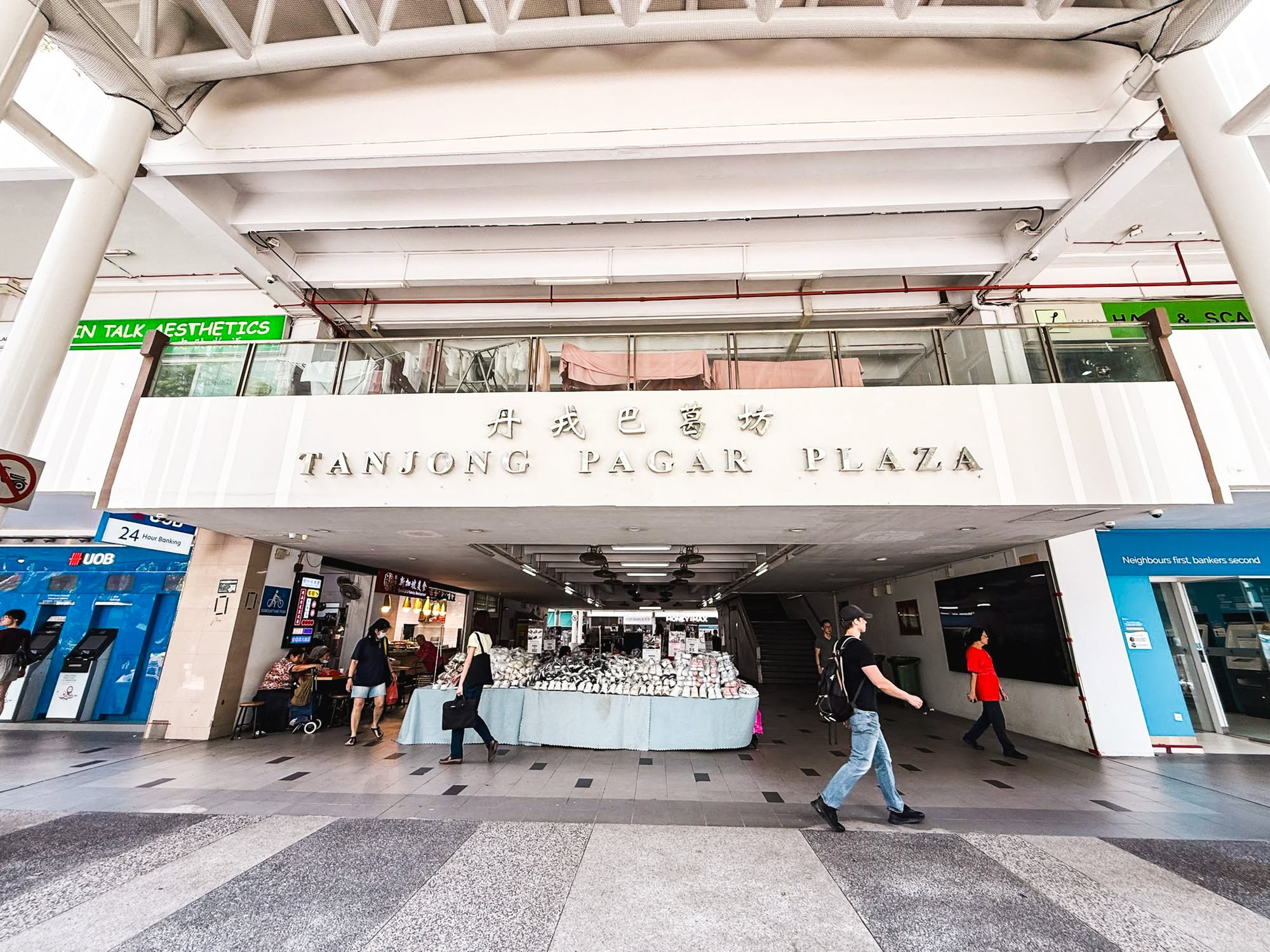
Get The Property Insights Serious Buyers Read First: Join 50,000+ readers who rely on our weekly breakdowns of Singapore’s property market.
A seasoned content strategist with over 17 years in the real estate and financial journalism sectors, Ryan has built a reputation for transforming complex industry jargon into accessible knowledge. With a track record of writing and editing for leading financial platforms and publications, Ryan's expertise has been recognised across various media outlets. His role as a former content editor for 99.co and a co-host for CNA 938's Open House programme underscores his commitment to providing valuable insights into the property market.
$73 million could buy you:
- A luxury bungalow in Nassim Road
- A small office building in the CBD fringe
- Or six HDB shophouses with established tenants in Singapore’s busiest heartland hubs
Savills Singapore just dropped one of the more interesting commercial listings of 2025: a portfolio of six shophouses all in prime spots: directly connected to MRT stations, bus interchanges, and right beside footfall anchors like NTUC Fairprice.
Shophouses have seen more interest in recent years, mainly due to the 60 per cent Additional Buyers Stamp Duty (ABSD) on residential properties. Commercial shophouses don’t incur this added tax, which makes them increasingly attractive to some buyers. This could explain the confidence in such a high-quantum package, which is backed up by core locations such as Toa Payoh, Ang Mo Kio, and Tanjong Pagar.
Prime Spots In Singapore’s Most Resilient Heartlands
The locations of the shophouses are developed, with long transaction and rental histories. In fact, some of these shophouses are already tenanted by businesses; this adds the kind of consistency and predictability that landlords prefer.
Toa Payoh Lorong 6: A ground-floor unit spanning 1,033 sq. ft., with sheltered access to Toa Payoh MRT Station and Bus Interchange. The property is already subdivided into three units and fully leased.
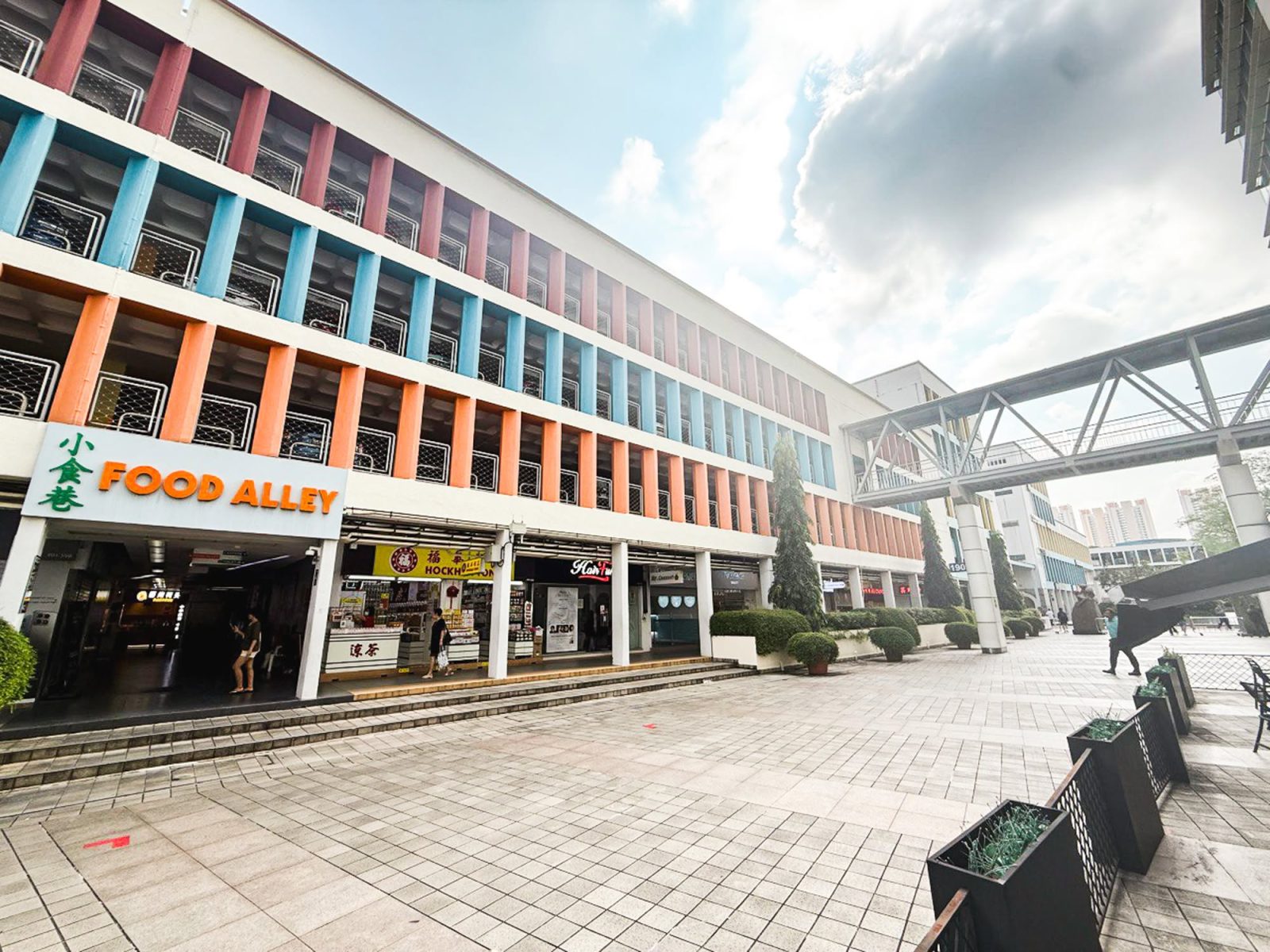
Ang Mo Kio Avenue 8: Two units (4,037 sq. ft. and 1,647 sq. ft.) spanning two levels with residential quarters above*. These shophouses sit within AMK Town Centre, right next to the Bus Interchange and AMK Hub.
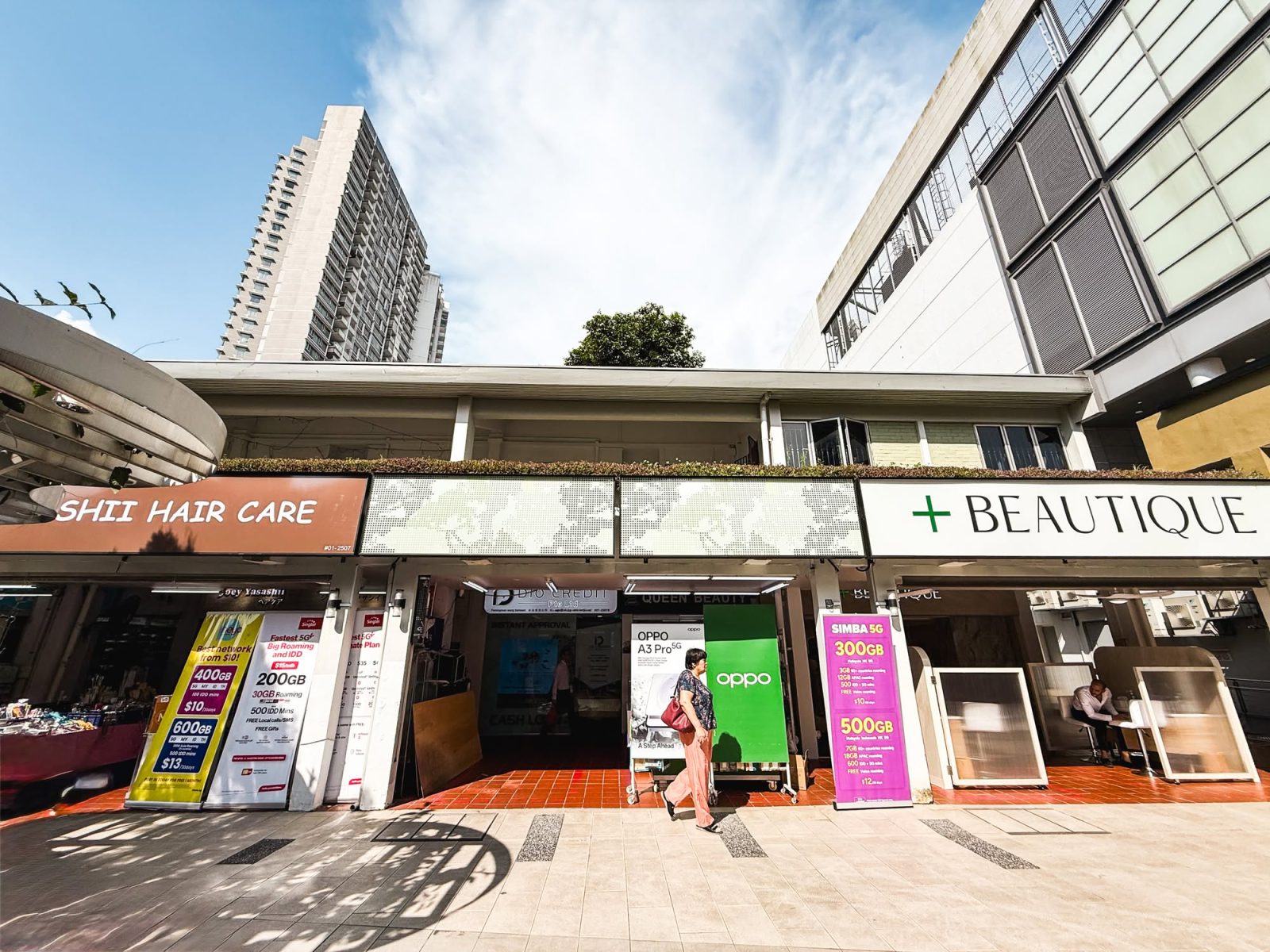
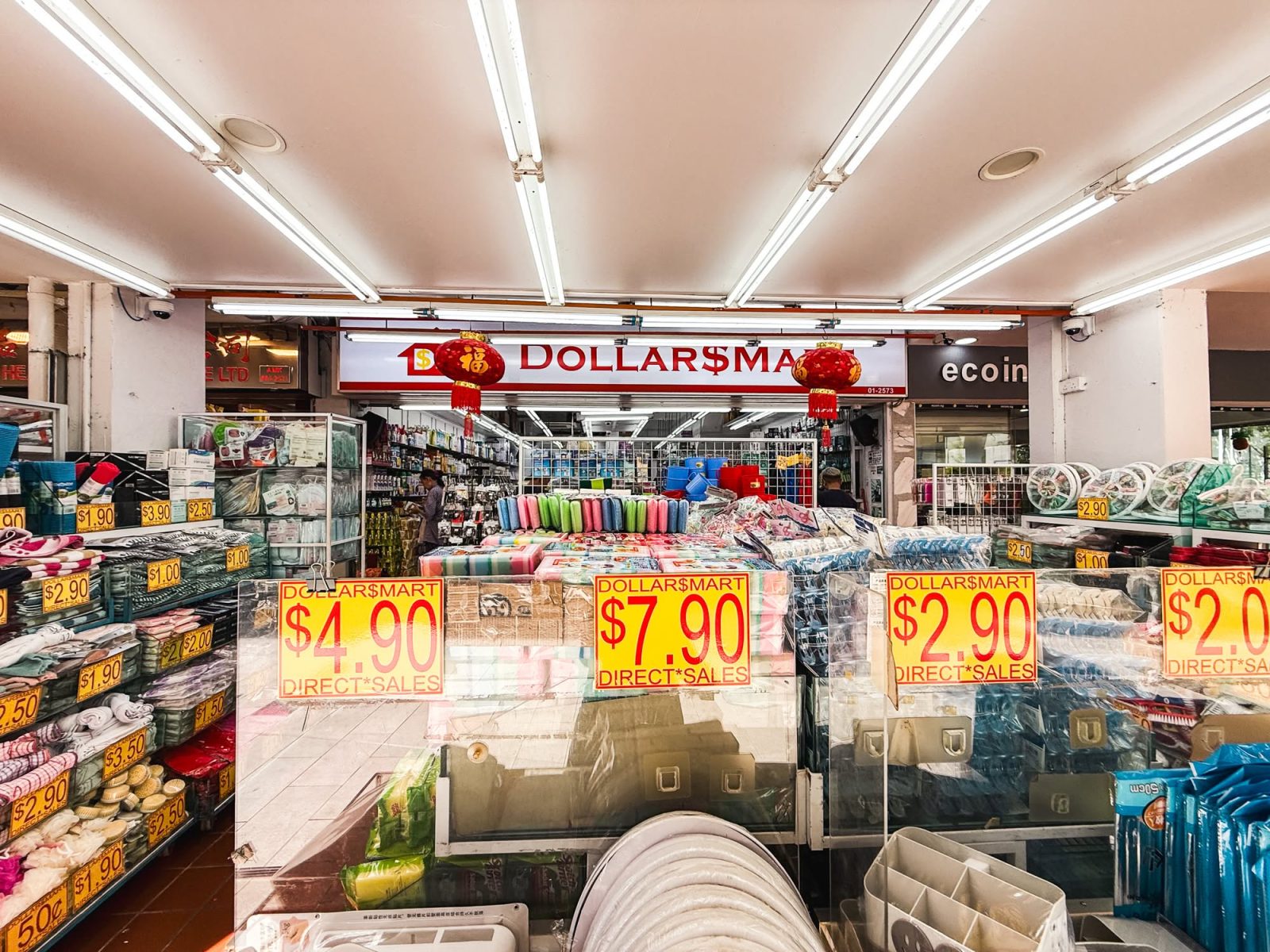
*For shophouses with commercial and residential use, ABSD is typically charged only on the residential portion; but verify with the selling agent or URA for more specific details.
Tanjong Pagar Plaza: Three ground-floor units ranging from 603-764 sq. ft., positioned right at the entrance and pedestrian drop-off point. This unit is beside the NTUC Fairprice. This doesn’t just make for a good anchor tenant, it’s also attractive to future tenants.
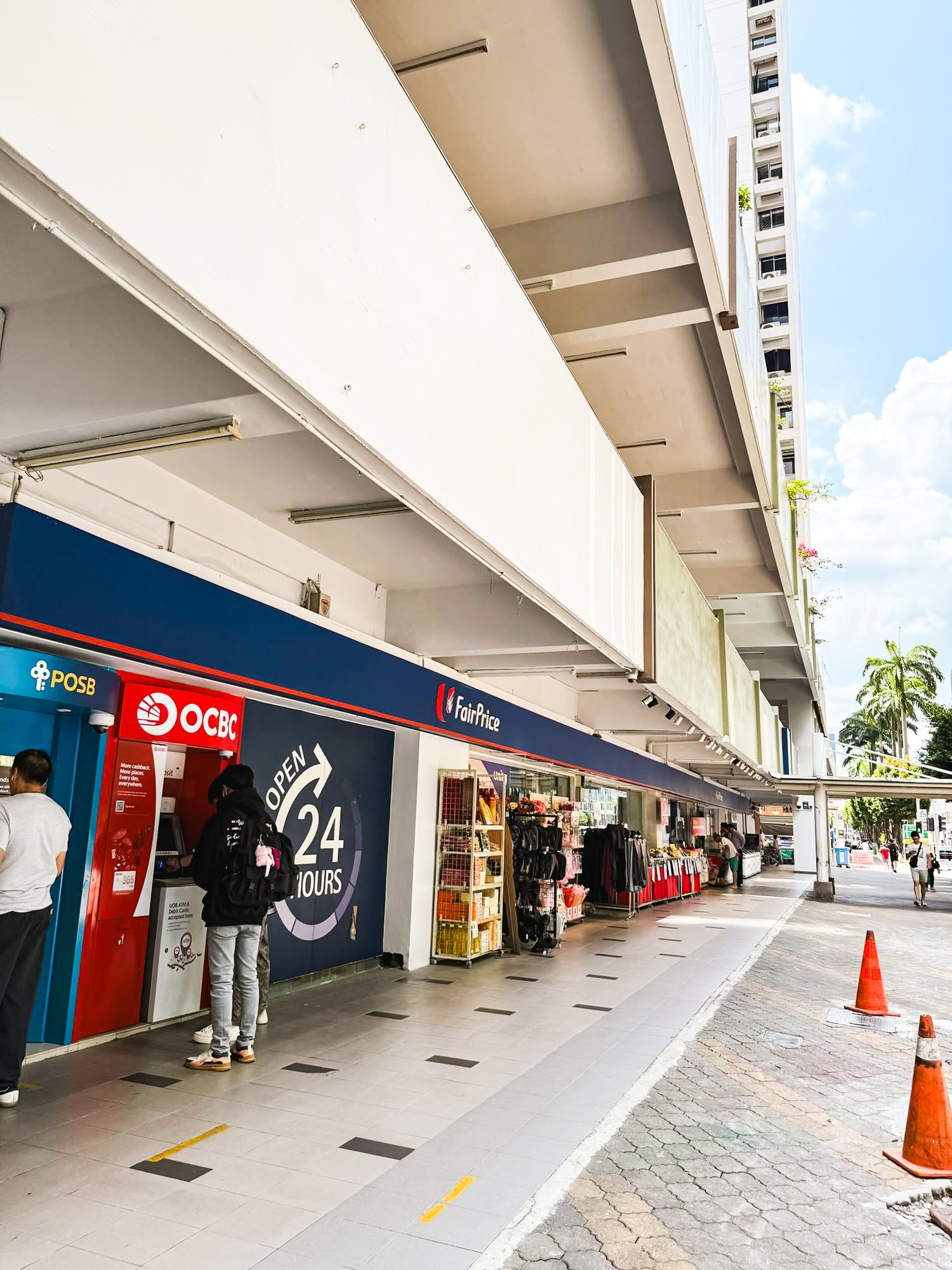
(A supermarket naturally draws more people to the area, and it’s assumed NTUC wouldn’t have opened if they didn’t already research the area. Spotting a business like NTUC or McDonald’s is a “cheat code” to identify high traffic areas.)
More from Stacked
Why We Chose A Walk-Up Apartment (Yes, With No Lift) For Our First Home
When SL and her spouse picked their first home, they selected something a little less common: not a flat or…
The Numbers Behind The Asking Price
Let’s break it down by location:
| Property | Size | Guide Price |
| 190 Toa Payoh Lorong 6 | 1,033 sq ft | S$12M |
| 702 Ang Mo Kio Avenue 8 | 4,037 sq ft | S$36M |
| 705 Ang Mo Kio Avenue 8 | 1,647 sq ft | S$10M |
| Tanjong Pagar Plaza (3 units) | 603-764 sq ft each | S$5M each |
What Makes HDB Shophouses Different
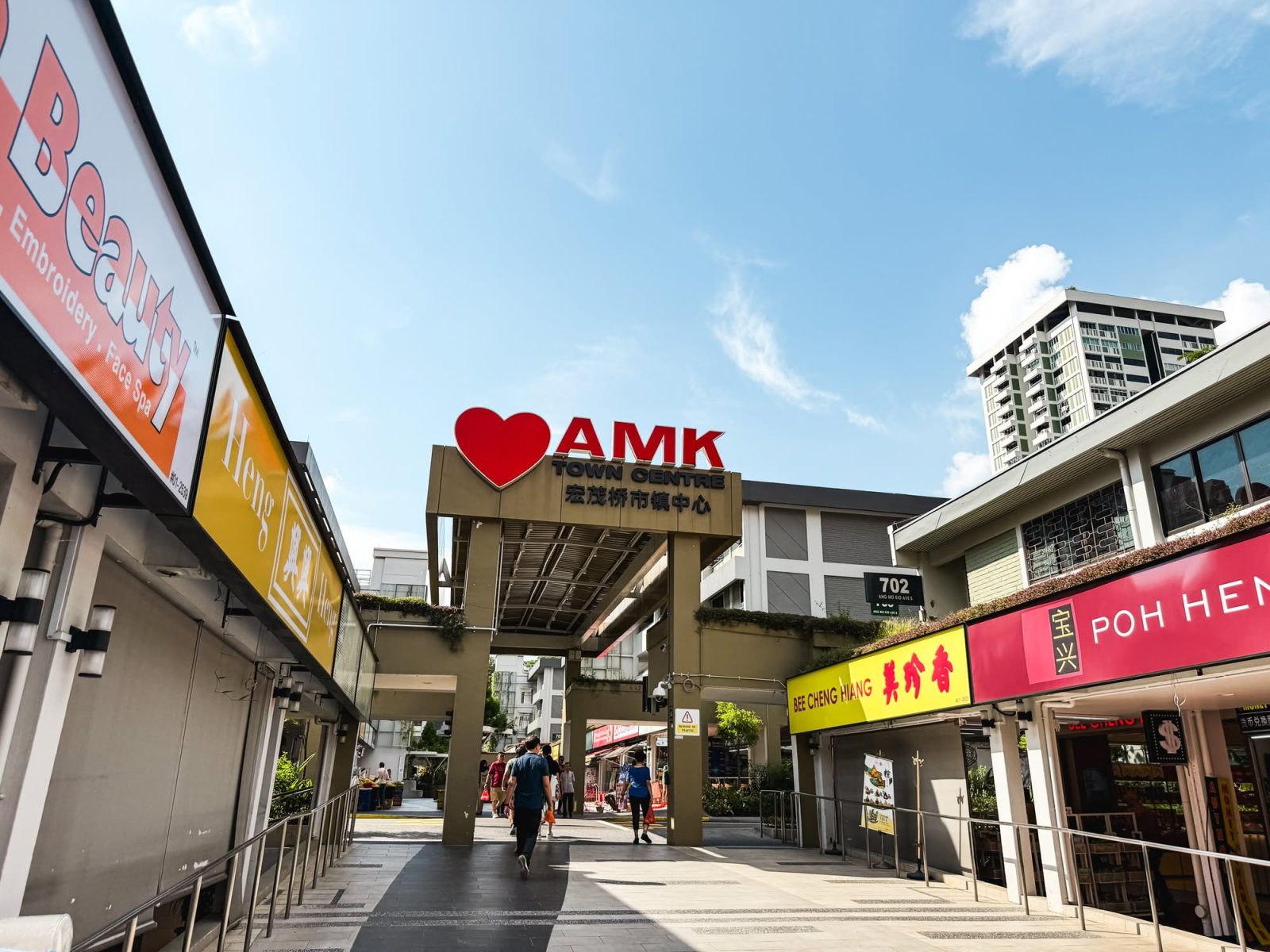
According to Nick Chan from Savills, there are only about 8,500 privately held HDB shophouses in Singapore, making them “among the most tightly held commercial assets” here.
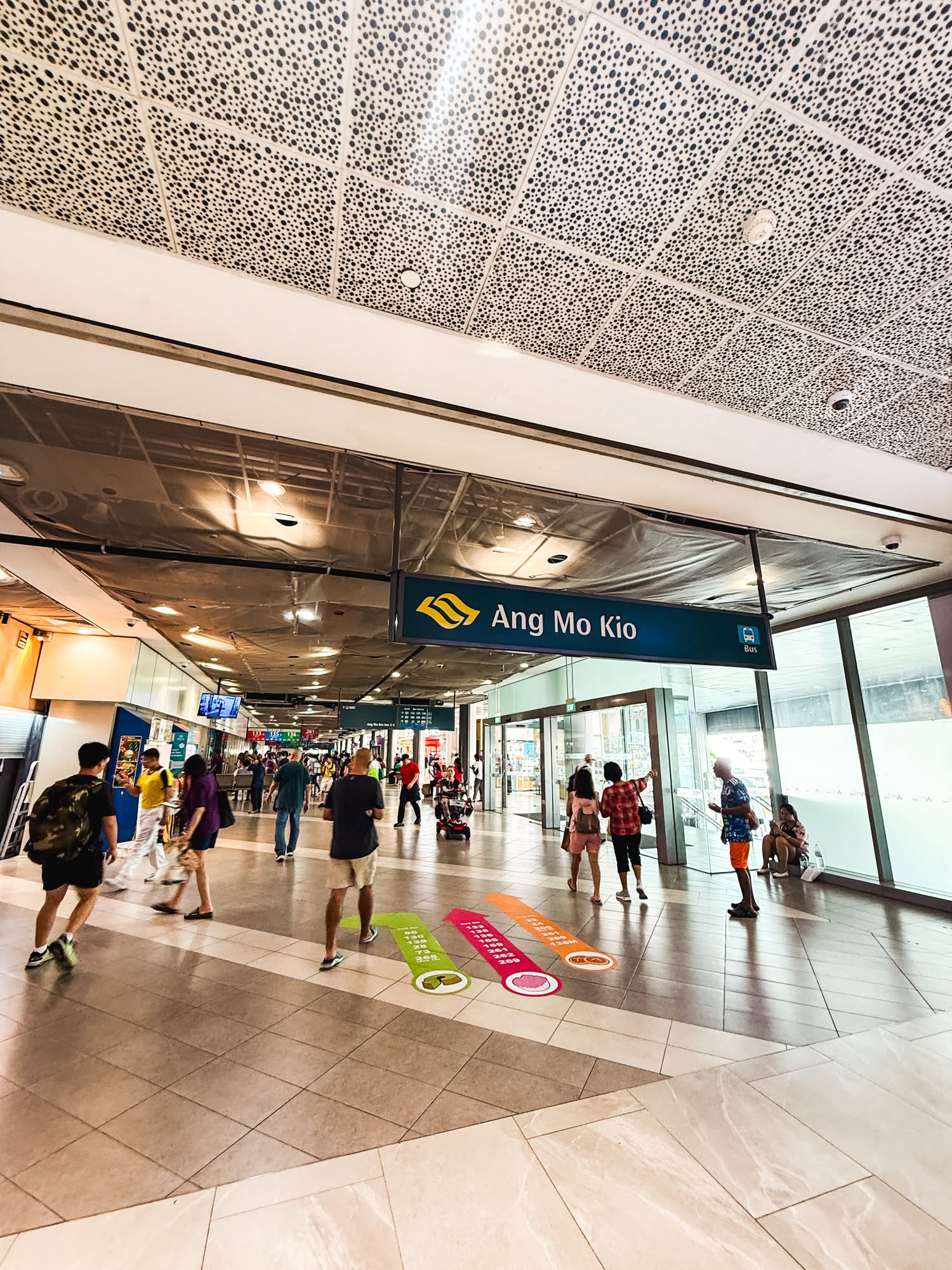
Besides scarcity, HDB shophouses typically benefit from the captive markets of HDB estates. Their locations near transit hubs and daily necessities providers like NTUC ensure consistent foot traffic, and this means very high rentability.
The Upside Potential
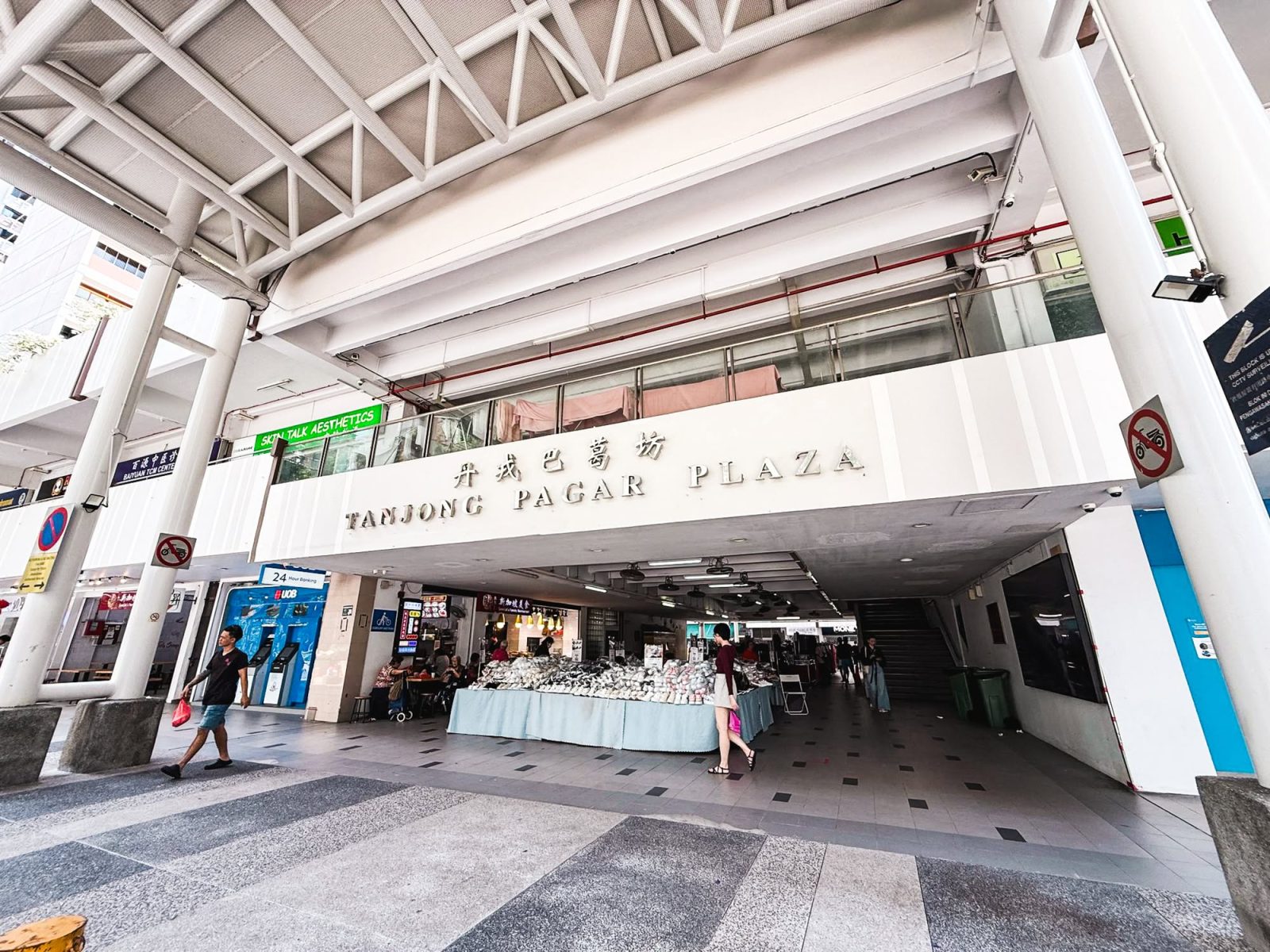
The shophouses have been marketed with an impressive claim of a 4% rental yield. By comparison, the yield on a typical private non-landed residential property is about 2 – 3% as of 2025. The rental performance may be due to:
- Positive rental reversion as leases expire (i.e., new tenants might potentially pay more than the previous, as the earlier ones locked in lower rates)
- Further subdivision of space to drive higher rental income
- Potential future upside from ongoing rejuvenation plans
The units can be acquired individually or as a complete portfolio, with the sale via private treaty.
The Bigger Picture
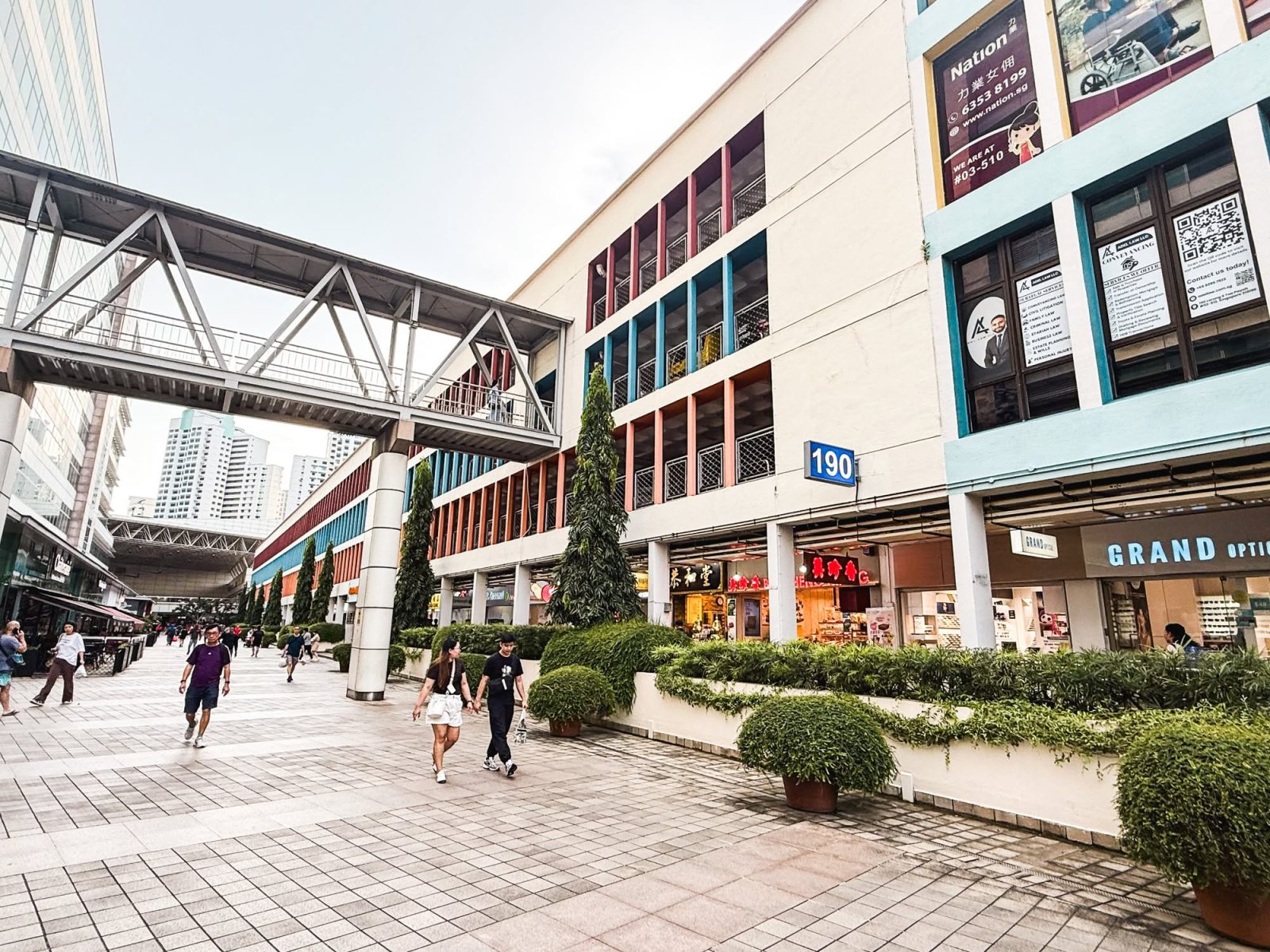
What’s particularly interesting about this listing is its timing. As Singapore navigates economic headwinds, investors are increasingly prioritising defensive assets over speculative plays. It can feel safer, for instance, to buy an asset and collect a predictable amount of rent, rather than count on high resale gains from luxury-area condos.
An added benefit is that commercial tenants tend to be more “sticky.” Residential tenants may be more willing to pack up and leave when rates rise; but businesses such as restaurants or shops could lose a chunk of their customer base by doing so.
The question for some potential investors though, isn’t just about the current 4% yield; they need to look ahead and consider if escalating trade wars and economic uncertainty will affect their business tenants. Even if those tenants are loathe to move, poor business can result in vacancies (e.g., the tenant closes the business), as well as static or declining rent.
So what do you think? Is $73 million for six prime HDB shophouses a tall ask, or a rare opportunity to secure commercial space in Singapore’s established traffic zones?
If you’d like to get in touch for a more in-depth consultation, you can do so here.
Ryan J
A seasoned content strategist with over 17 years in the real estate and financial journalism sectors, Ryan has built a reputation for transforming complex industry jargon into accessible knowledge. With a track record of writing and editing for leading financial platforms and publications, Ryan's expertise has been recognised across various media outlets. His role as a former content editor for 99.co and a co-host for CNA 938's Open House programme underscores his commitment to providing valuable insights into the property market.Read next from Editor's Pick
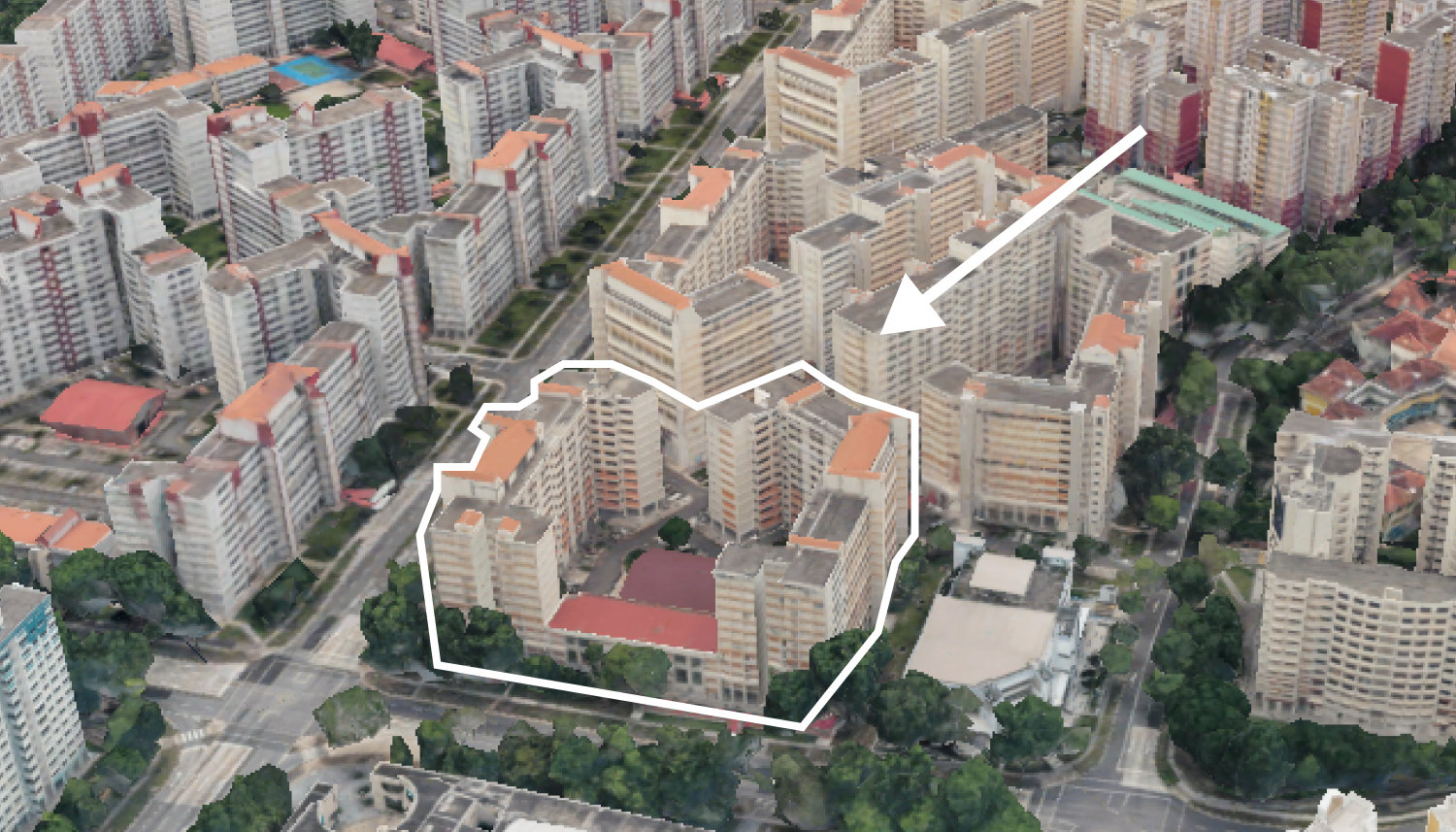
On The Market We Found the Cheapest Yet Biggest 4-Room HDBs You Can Buy From $480K
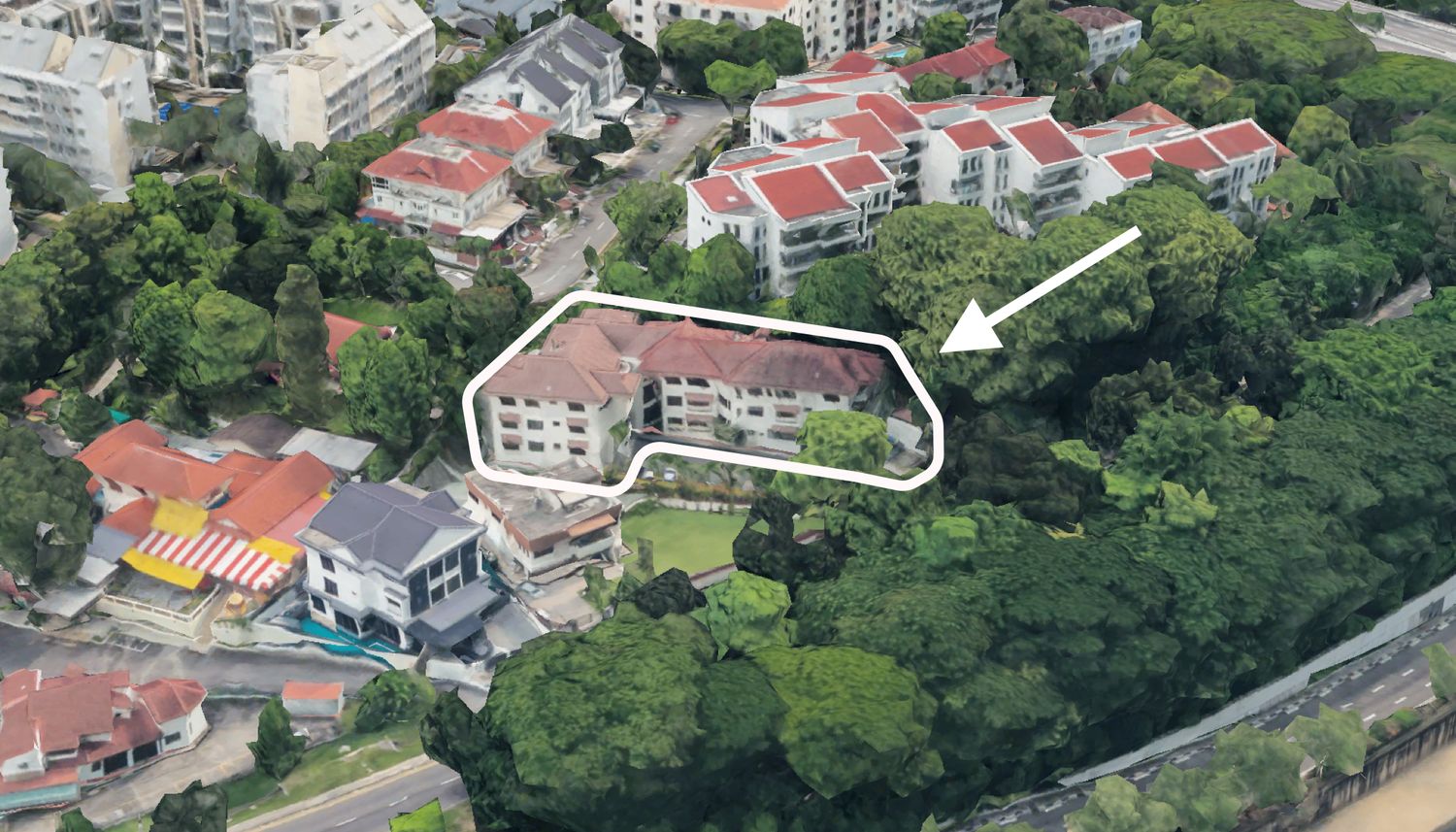
On The Market We Found The Cheapest 4-Bedroom Condos You Can Still Buy from $2.28M

New Launch Condo Analysis This New Pasir Ris EC Starts From $1.438M For A 3-Bedder: Here’s What You Should Know
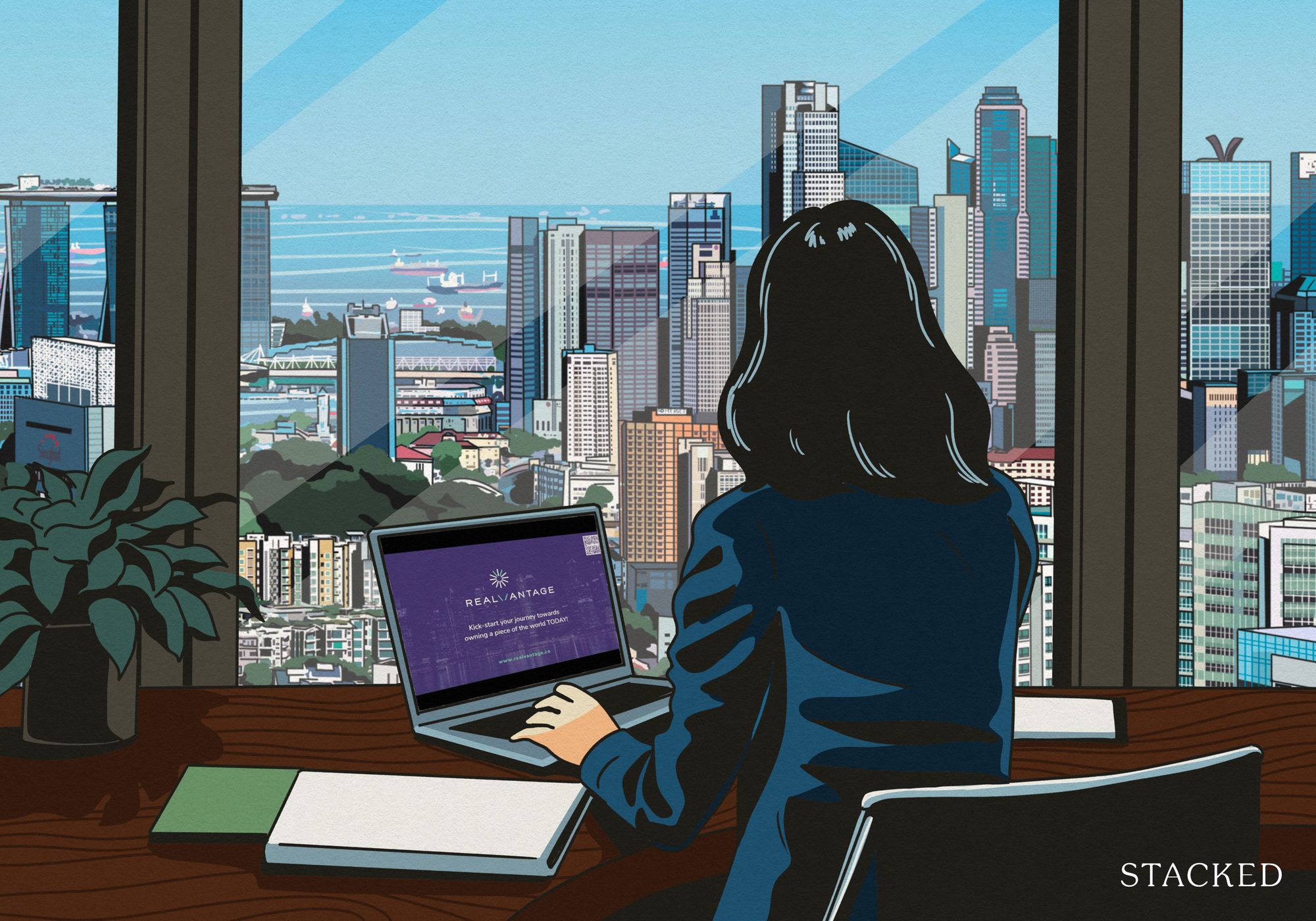
Property Investment Insights How This Singapore Property Investor Went From Just One Property to Investing in Warehouses and UK Student Housing
Latest Posts
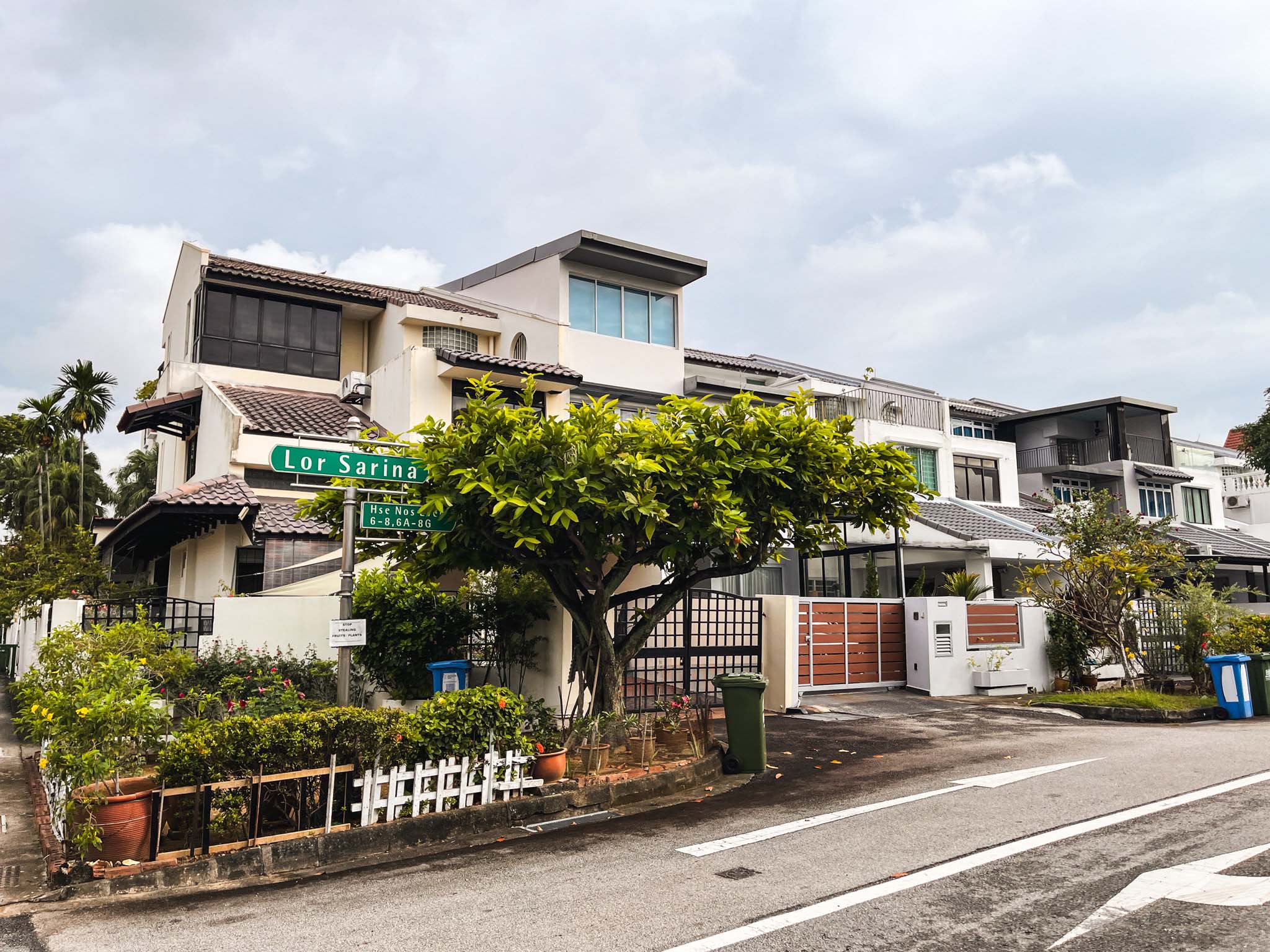
Landed Home Tours We Toured a Freehold Landed Area Buyers Overlook — It’s Cheaper (and Surprisingly Convenient) From $3.2M
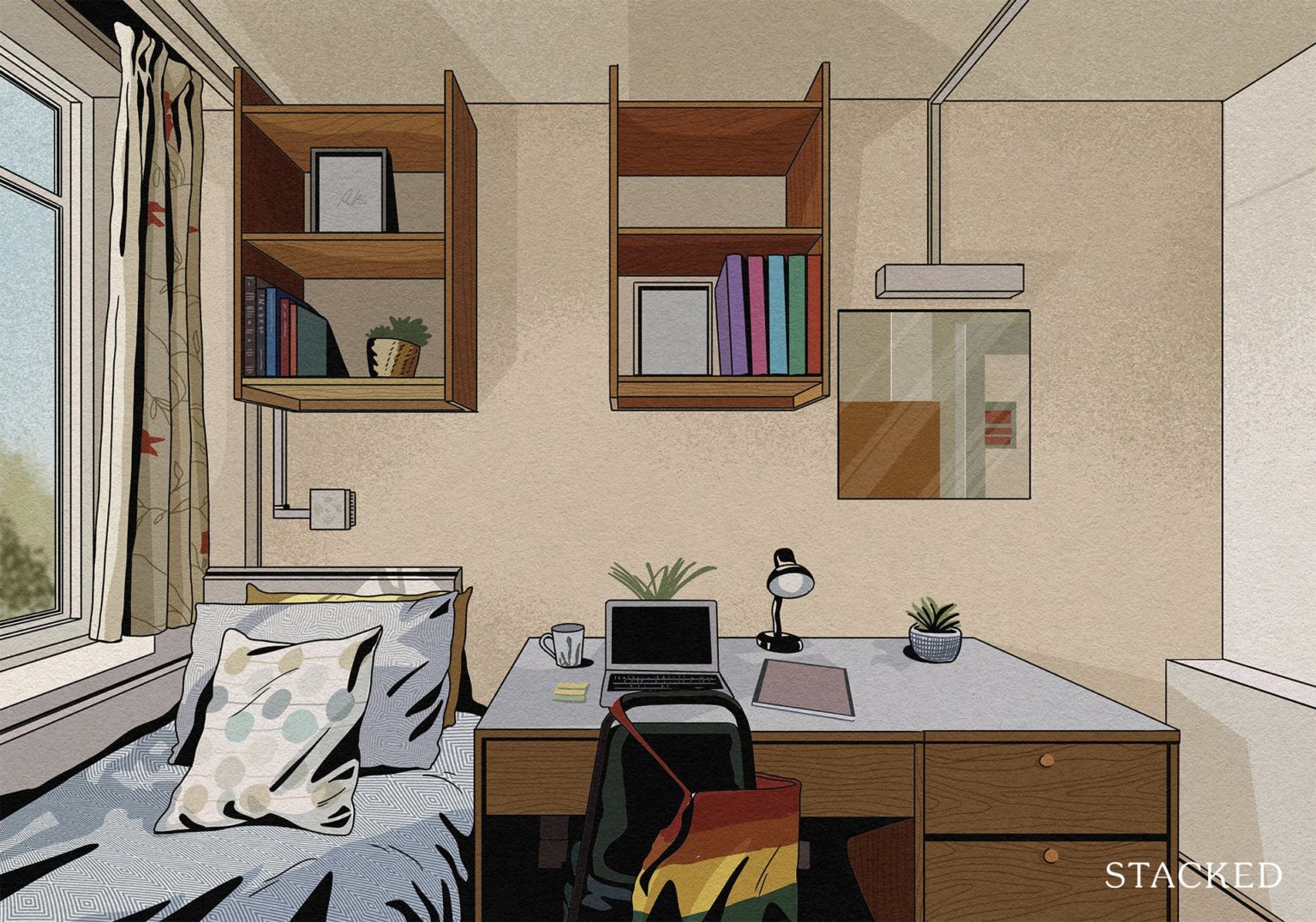
Singapore Property News The Hidden Costs of Smaller Homes in Singapore
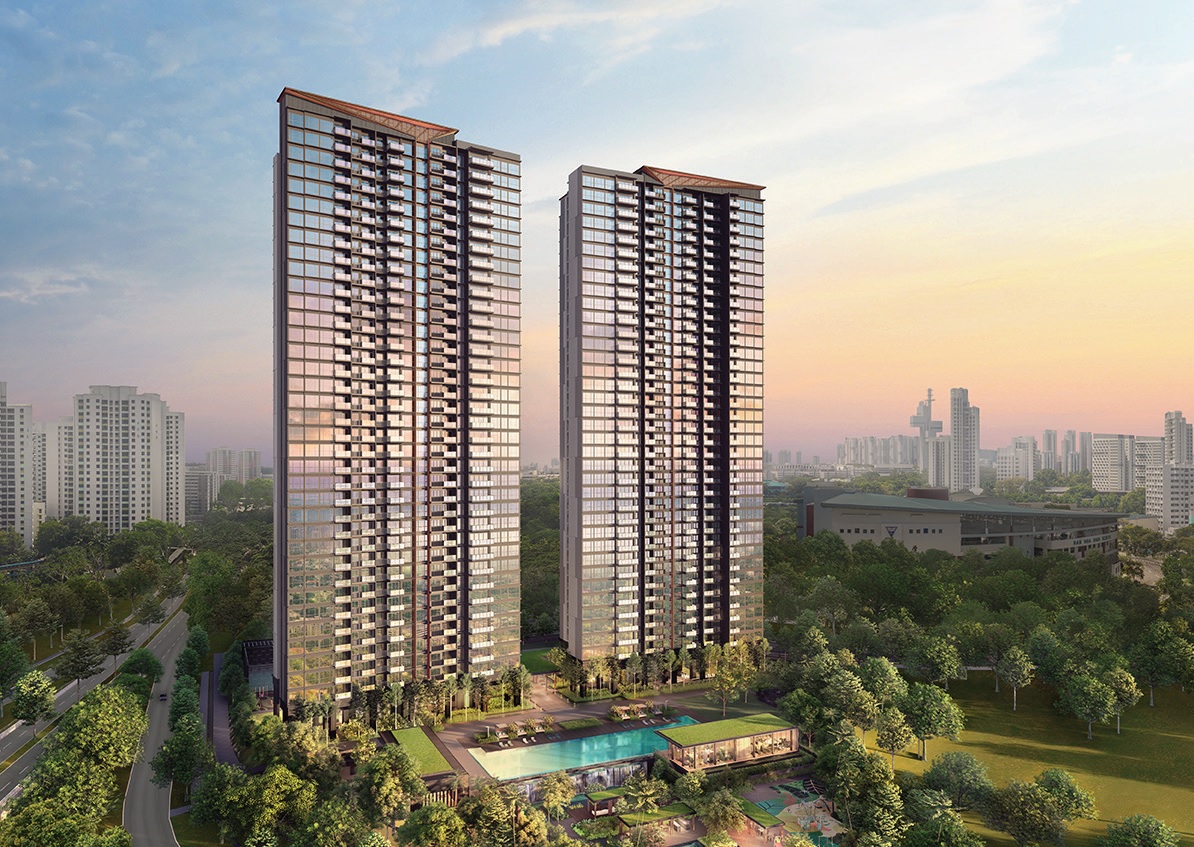
Property Advice We Own A 2-Bedder Condo In Clementi: Should We Decouple To Buy A Resale 3 Bedder Or Sell?
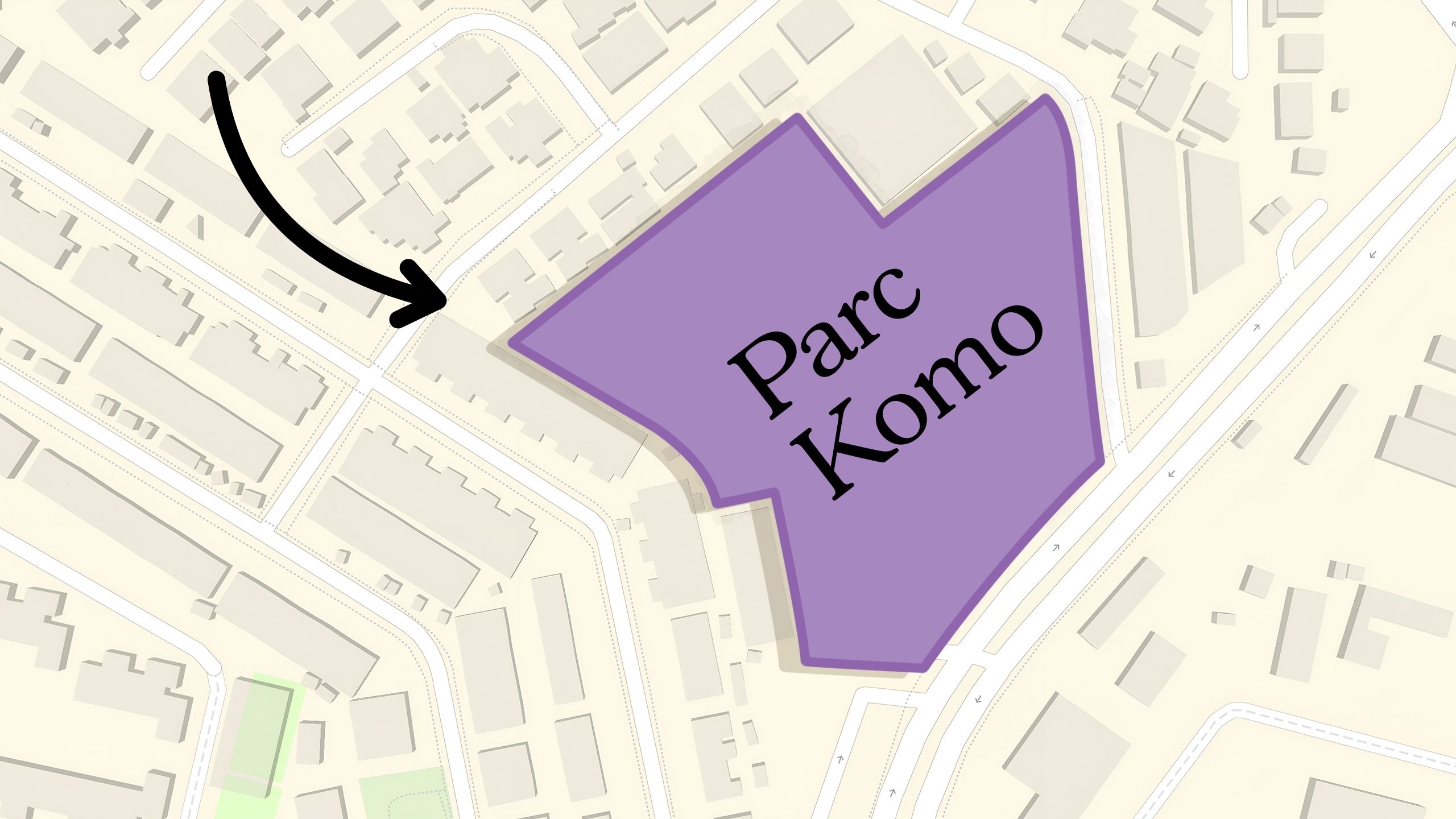
Pro Why This Freehold Mixed-Use Condo in the East Is Underperforming the Market
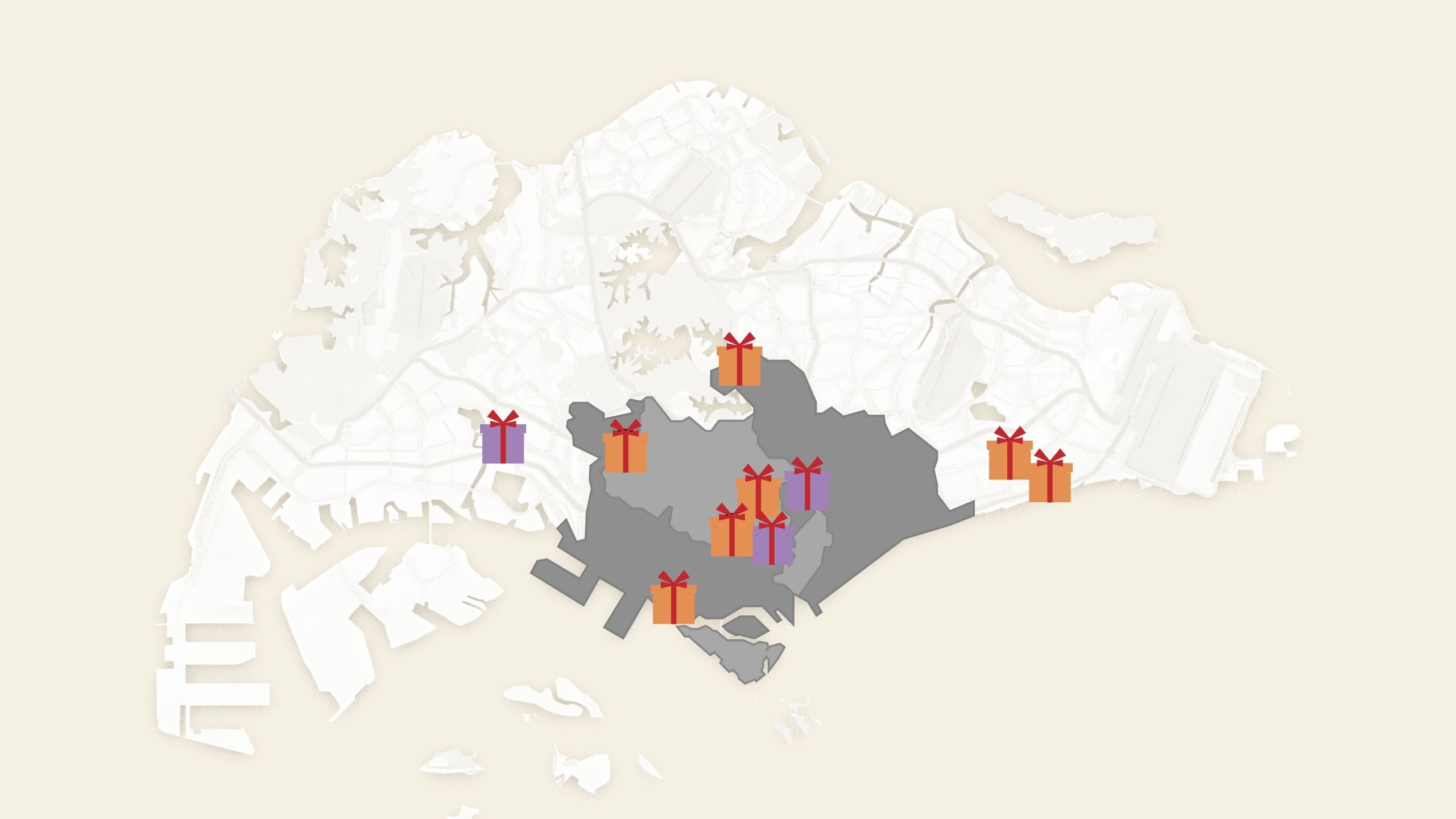
Singapore Property News 10 New Upcoming Housing Sites Set for 2026 That Homebuyers Should Keep an Eye On

Homeowner Stories I Gave My Parents My Condo and Moved Into Their HDB — Here’s Why It Made Sense.
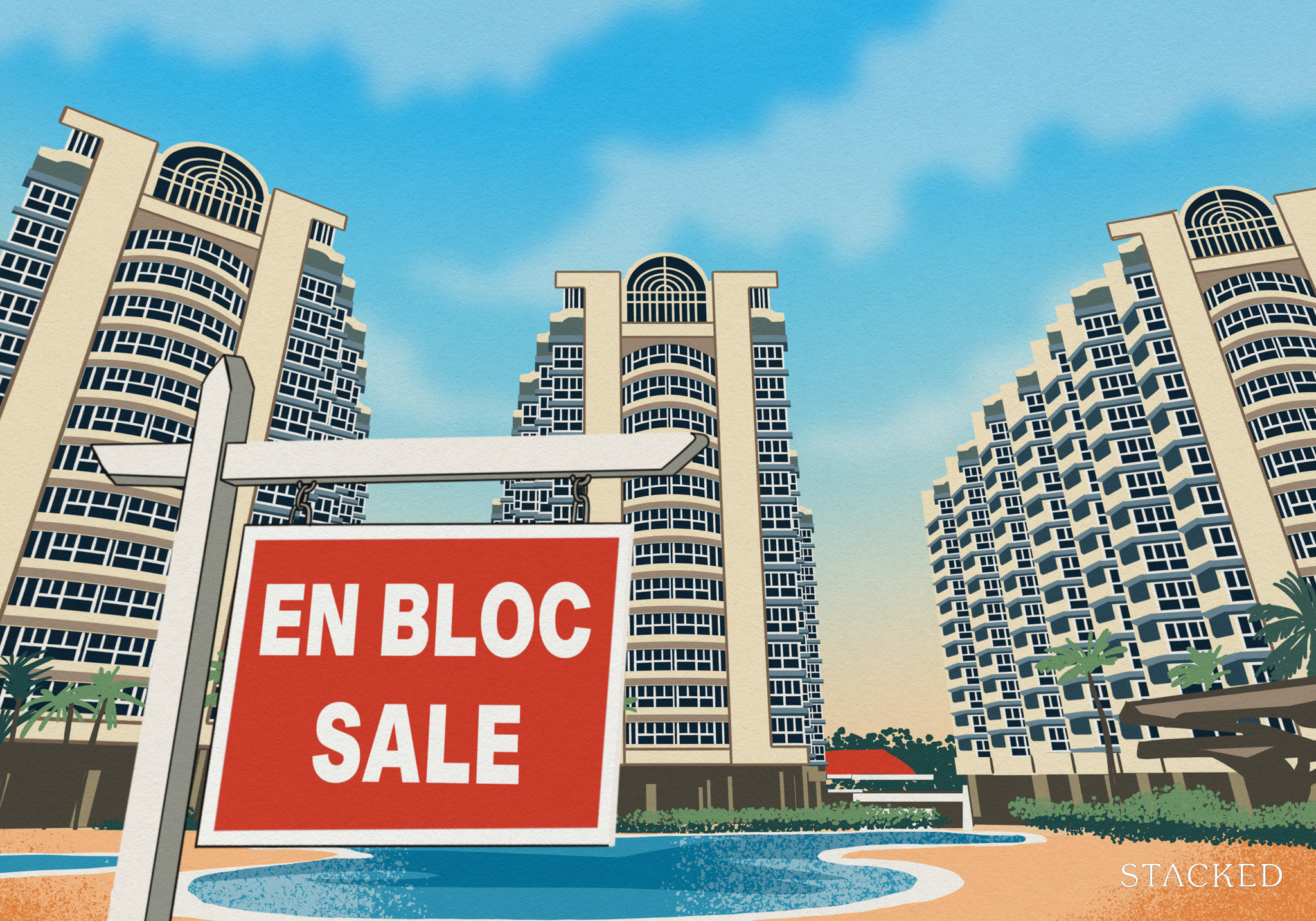
Singapore Property News Will Relaxing En-Bloc Rules Really Improve the Prospects of Older Condos in Singapore?
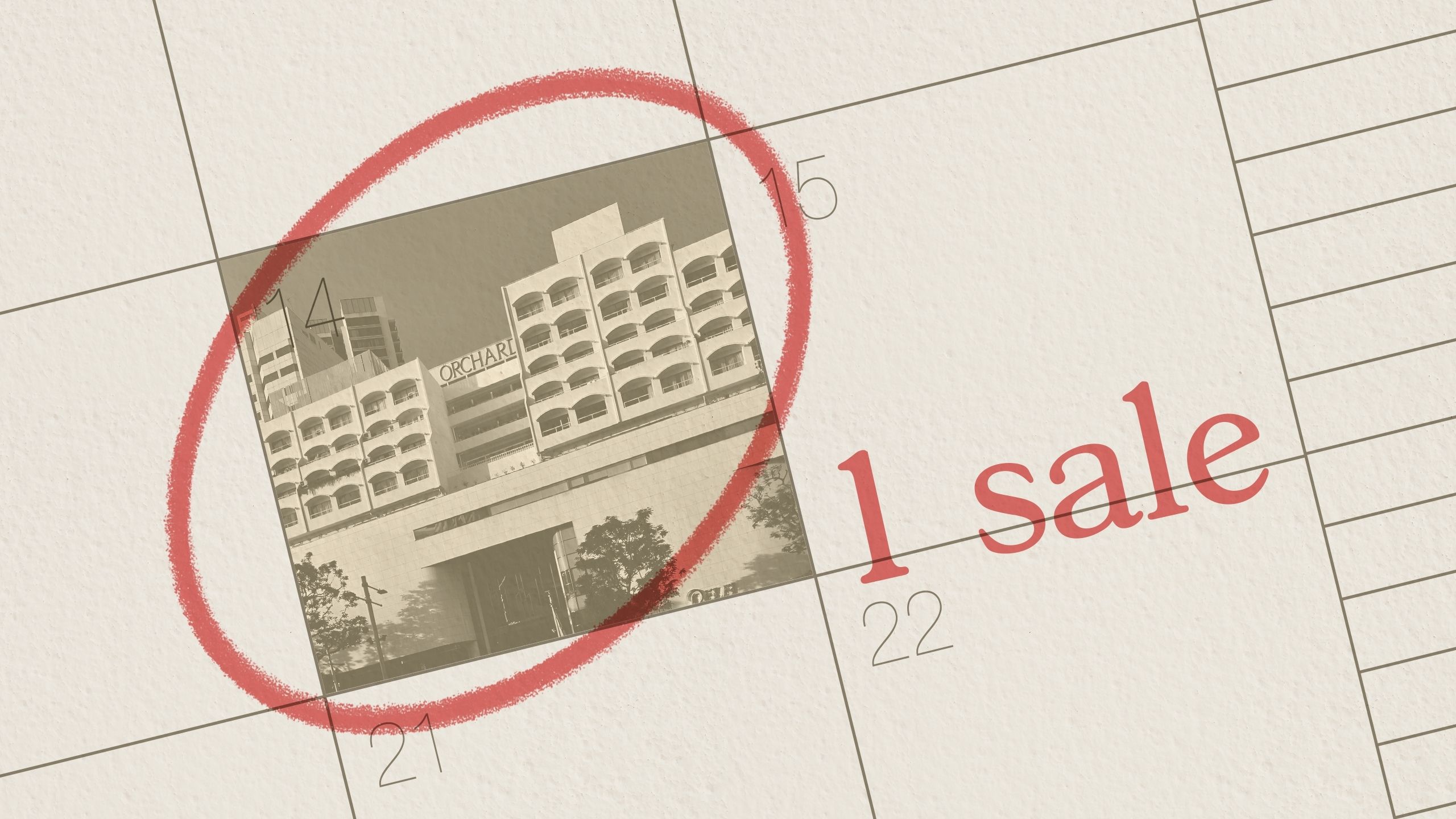
Property Market Commentary The Rare Condos With Almost Zero Sales for 10 Years In Singapore: What Does It Mean for Buyers?

Pro Why This Large-Unit Condo in the Jervois Enclave Isn’t Keeping Up With the Market
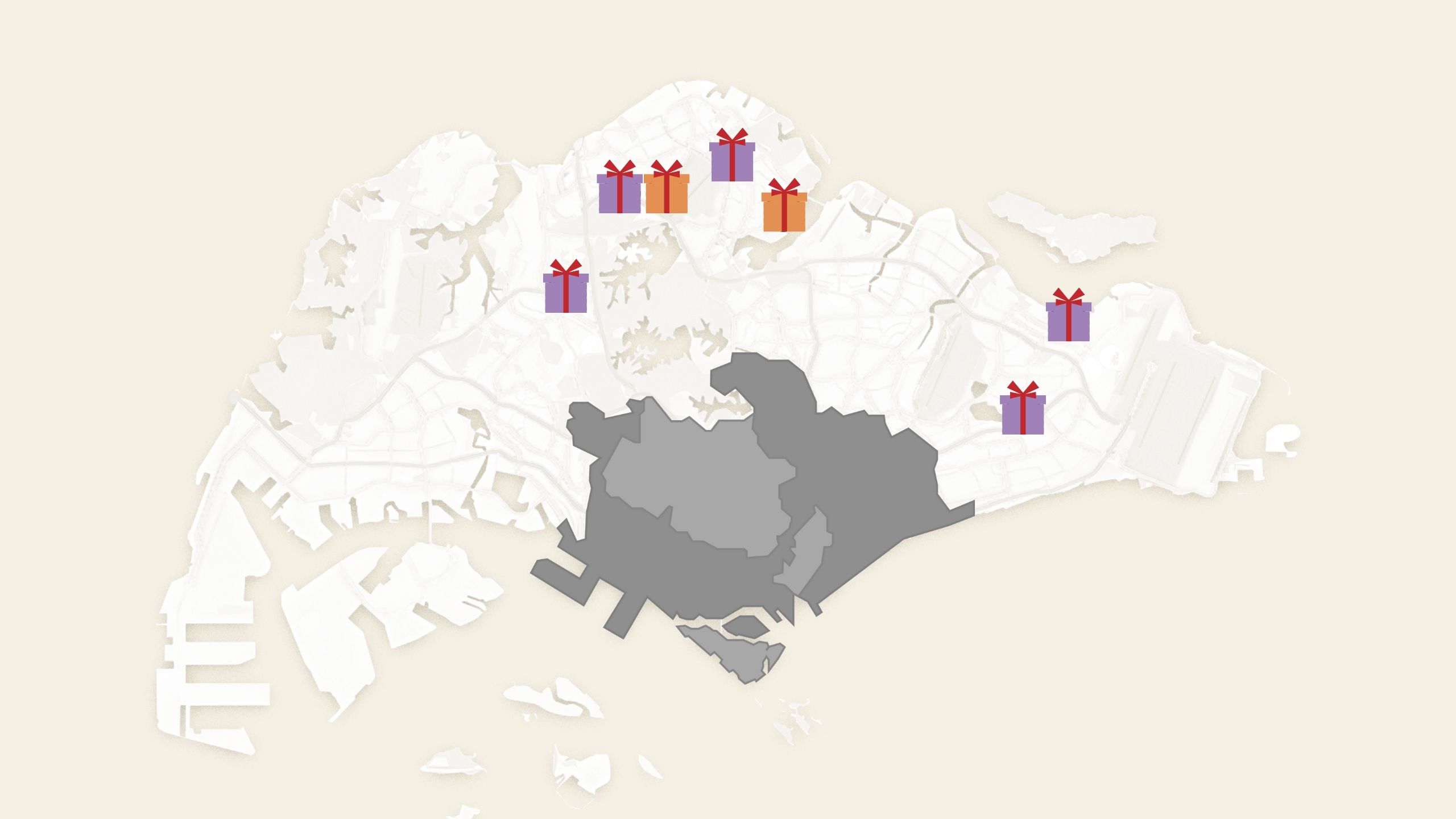
Property Market Commentary 5 Upcoming Executive Condo Sites in 2026: Which Holds the Most Promise for Buyers?
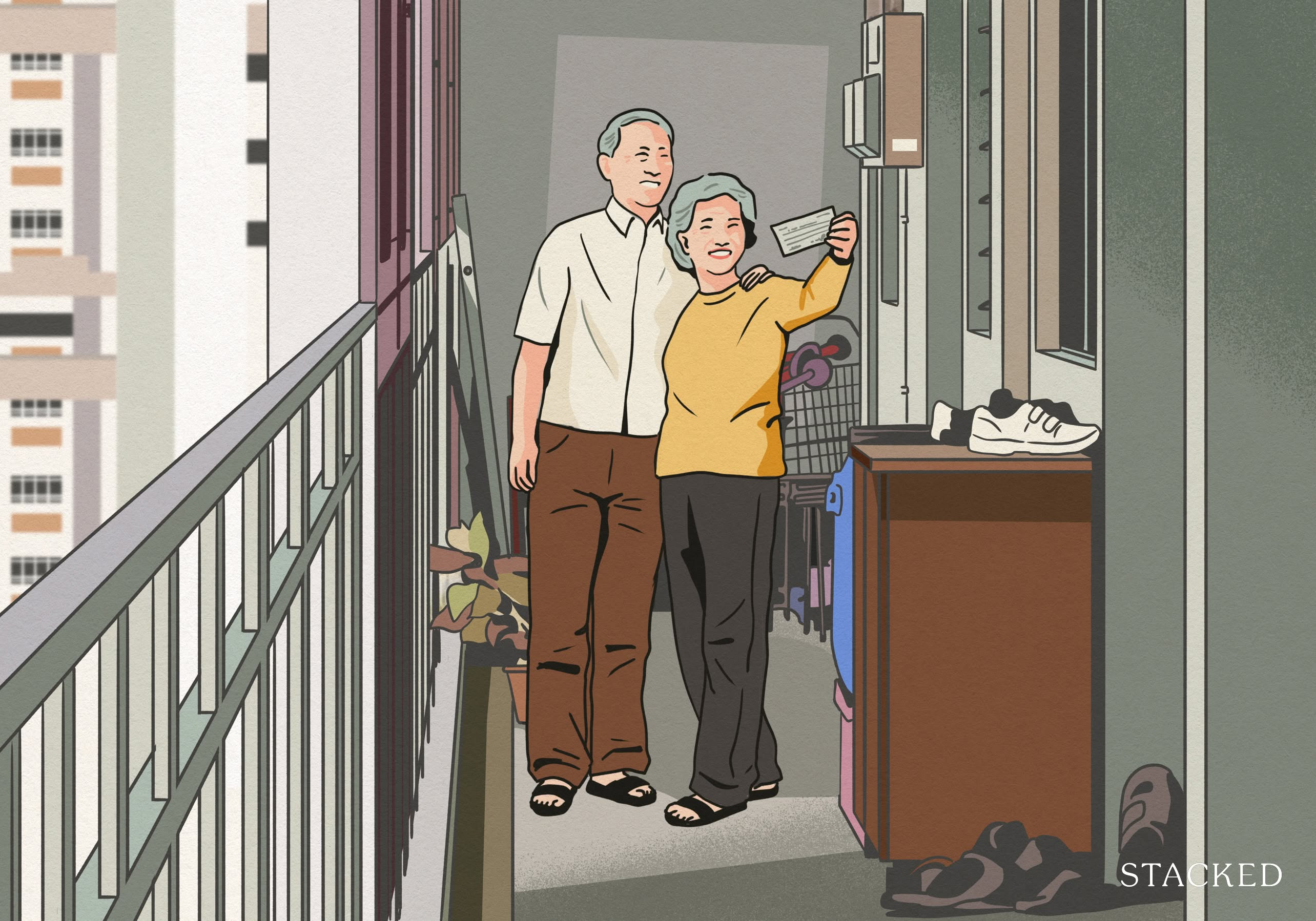
Singapore Property News A Housing Issue That Slips Under the Radar in a Super-Aged Singapore: Here’s What Needs Attention
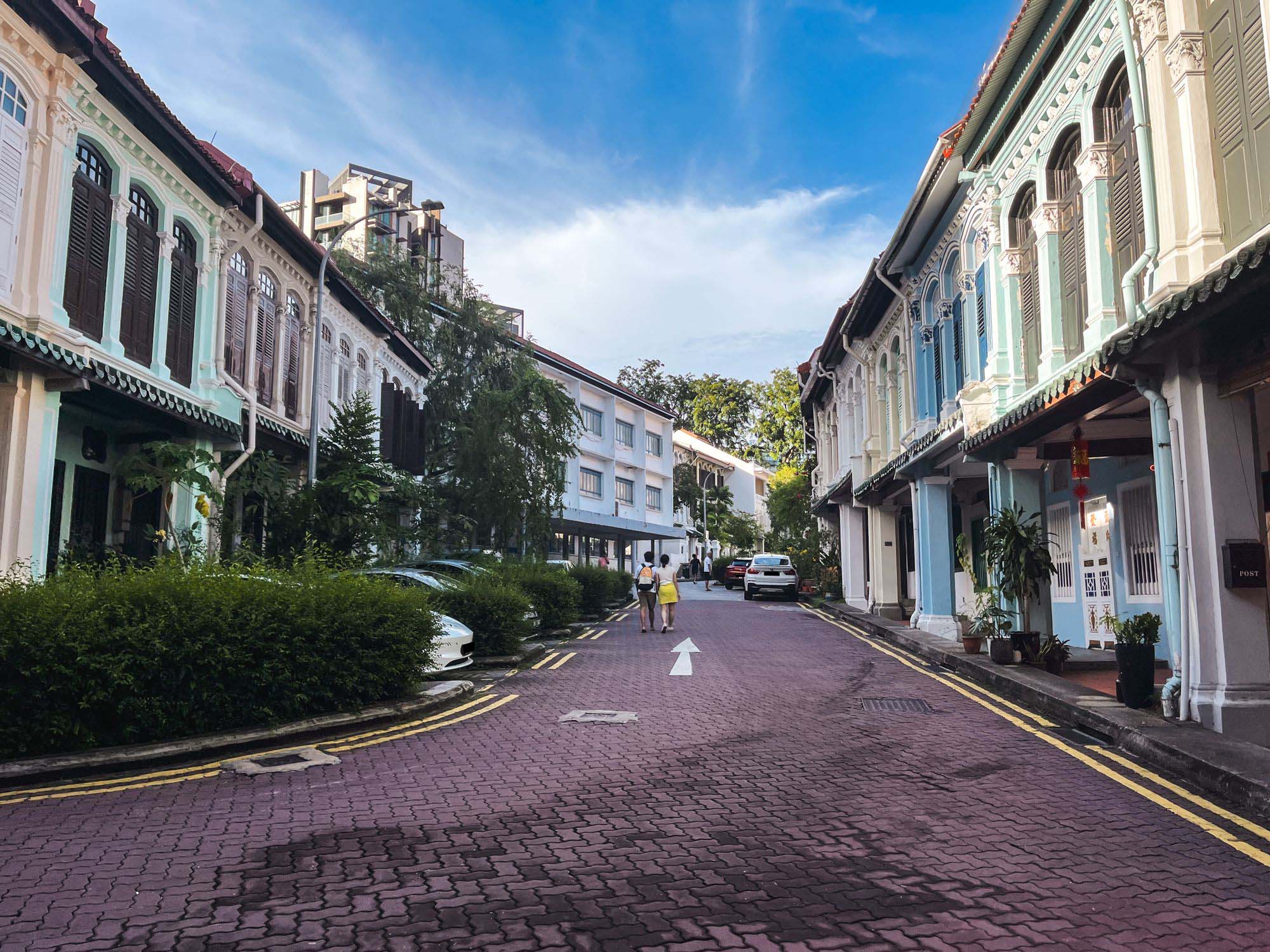
Landed Home Tours Inside One of Orchard’s Rarest Freehold Enclaves: Conserved Homes You Can Still Buy From $6.8M
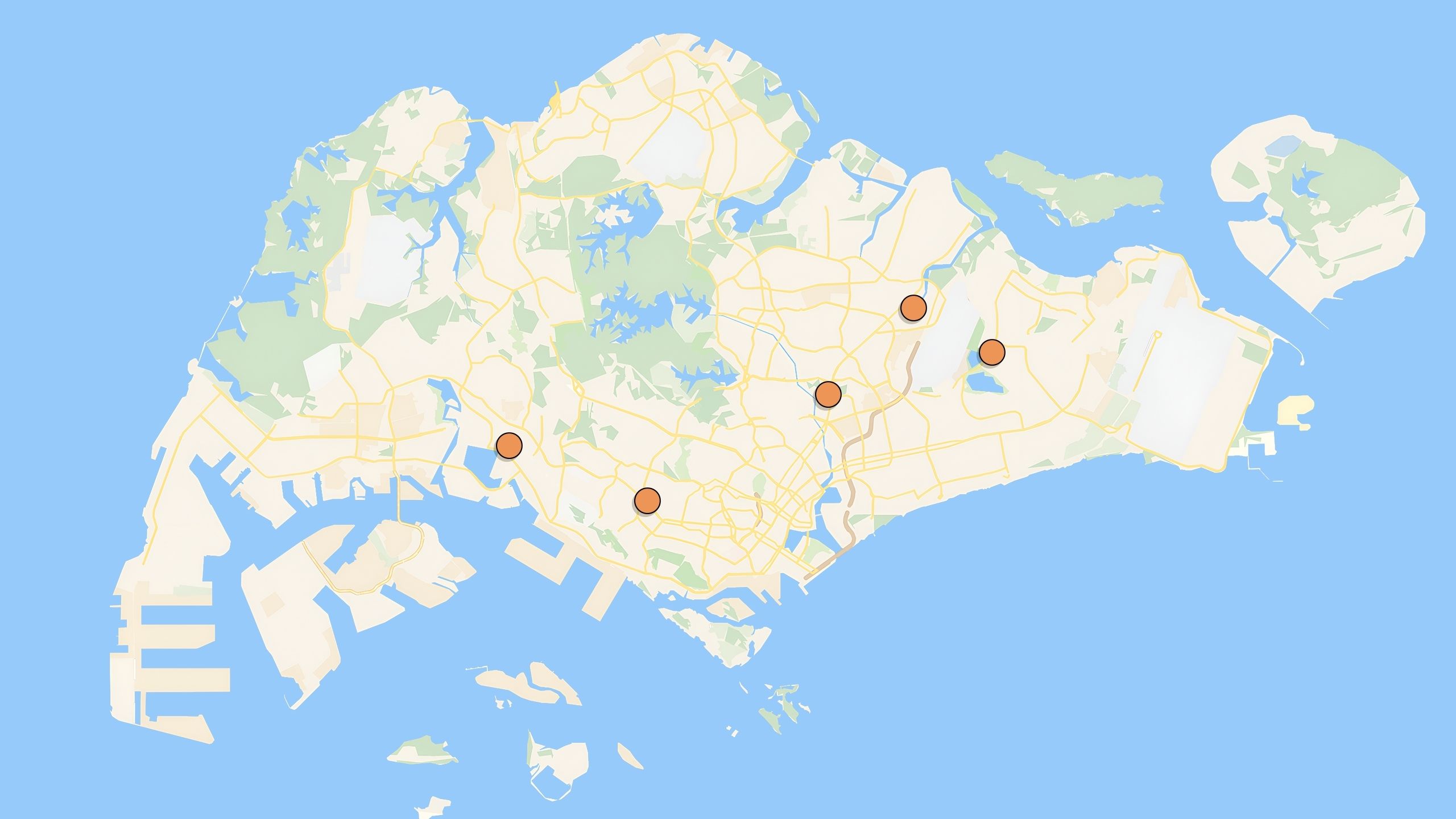
Property Investment Insights These 5 Condos In Singapore Sold Out Fast in 2018 — But Which Ones Really Rewarded Buyers?
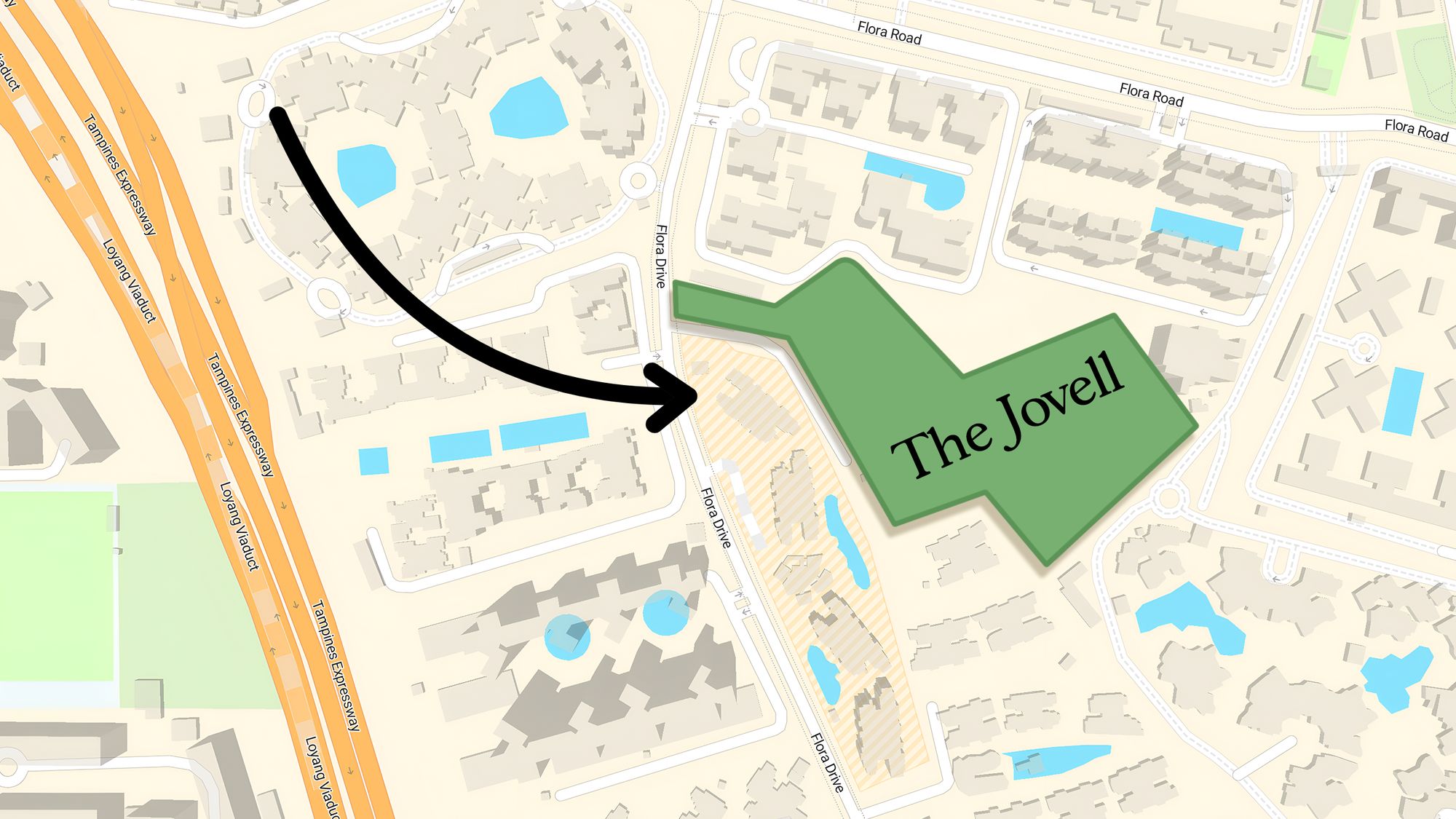
Pro Why This New Condo in a Freehold-Dominated Enclave Is Lagging Behind
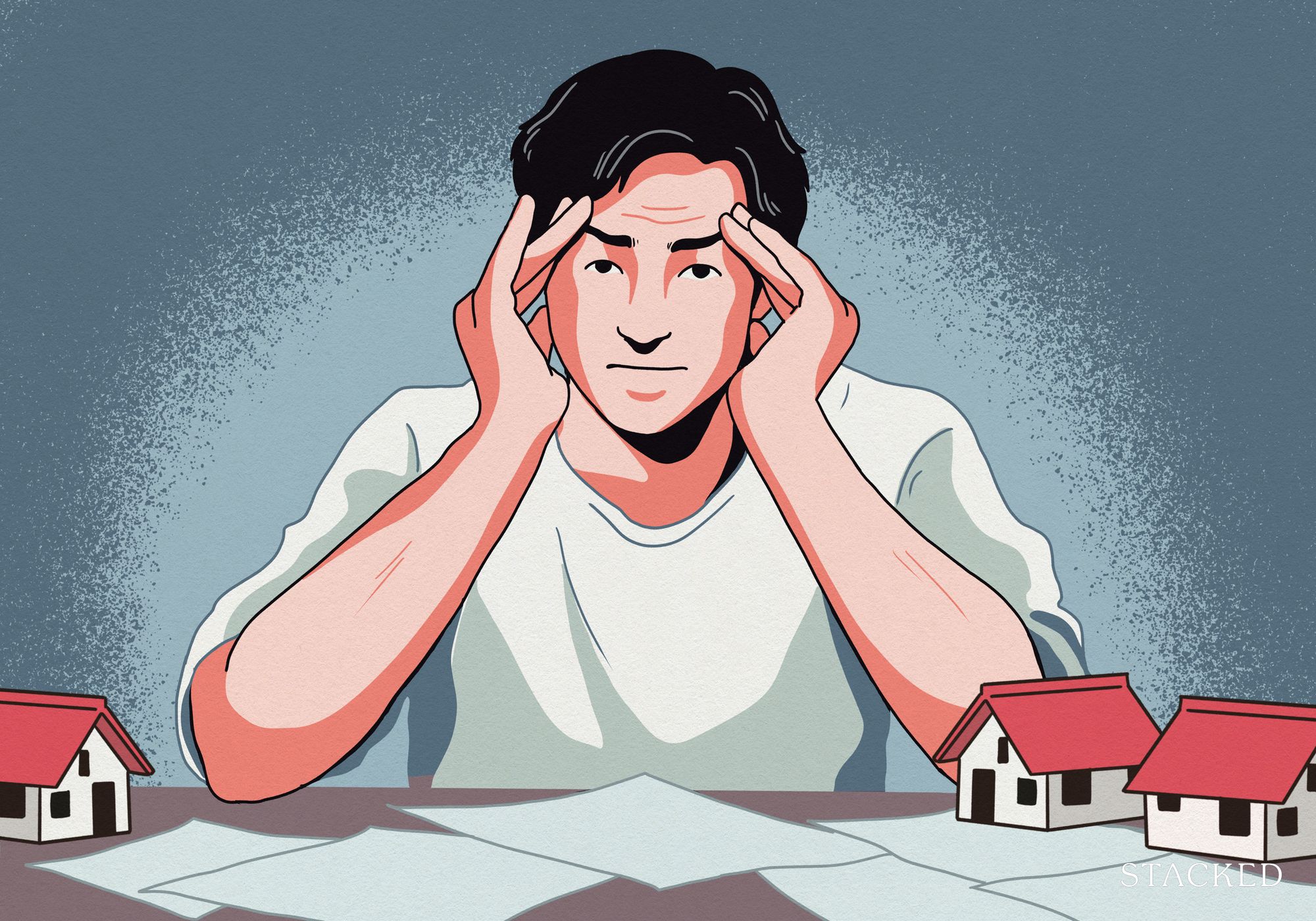
Homeowner Stories “I Thought I Could Wait for a Better New Launch Condo” How One Buyer’s Fear Ended Up Costing Him $358K
